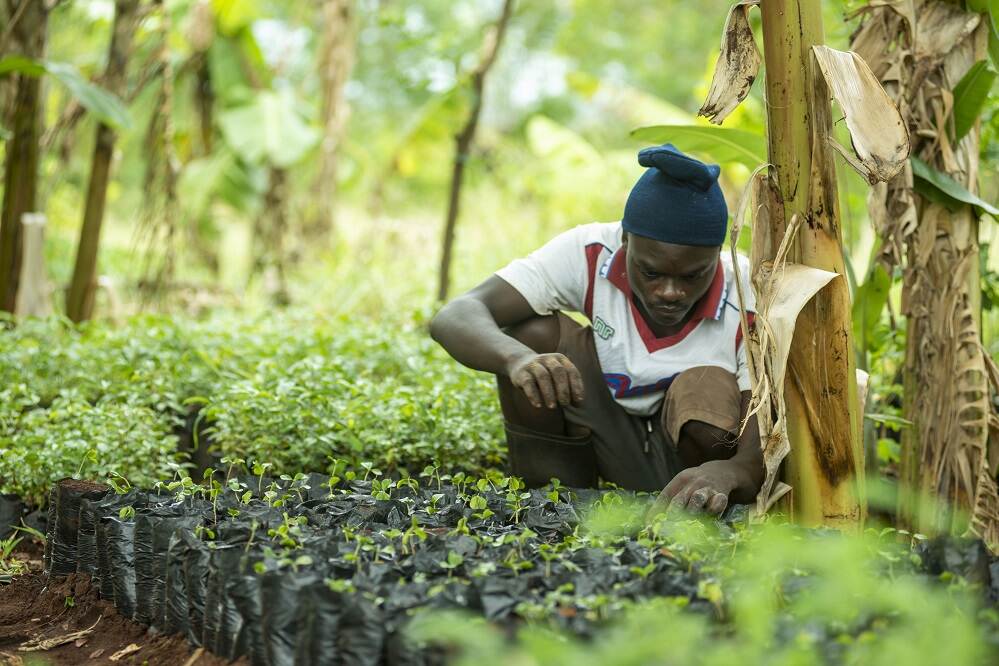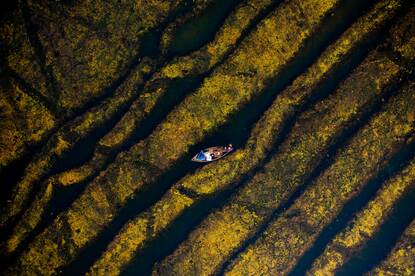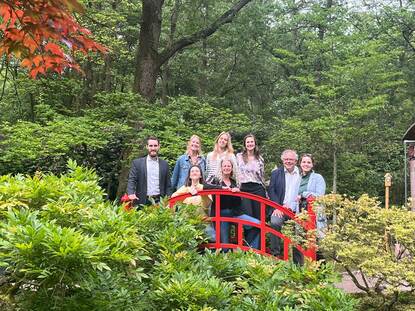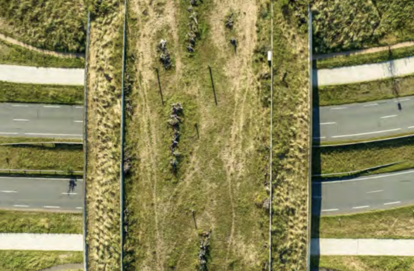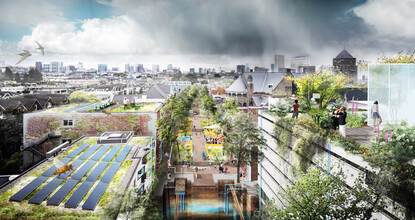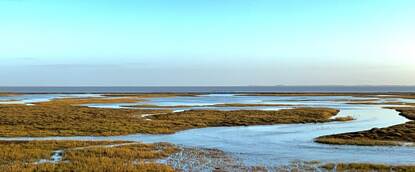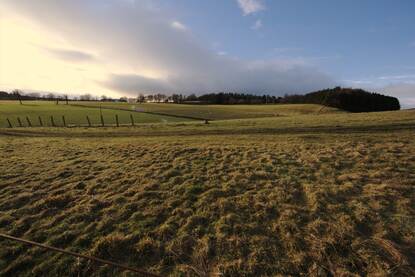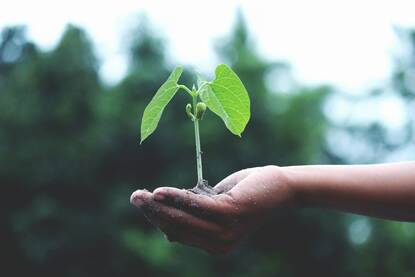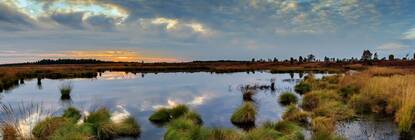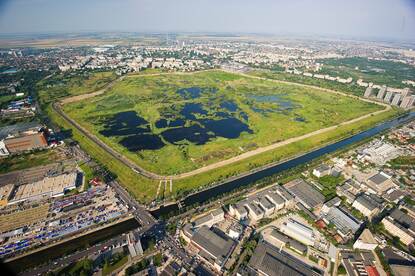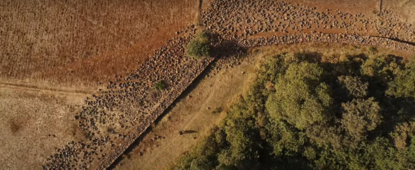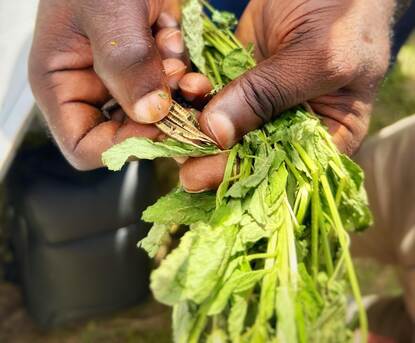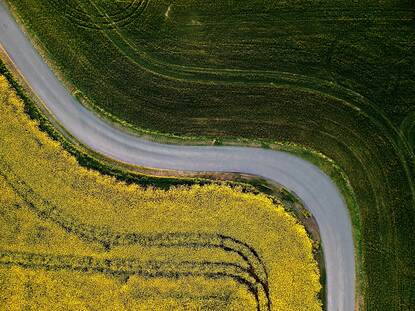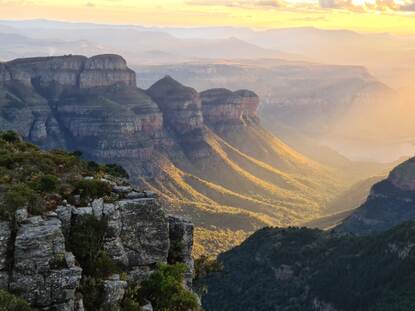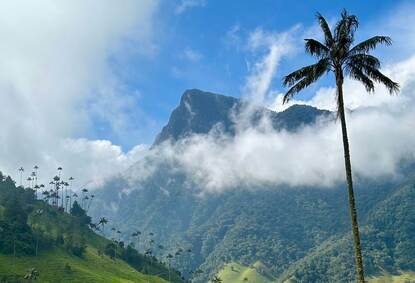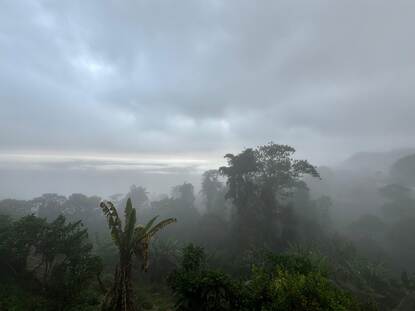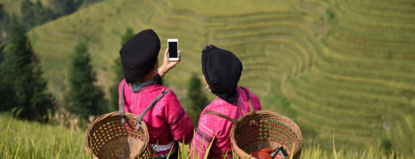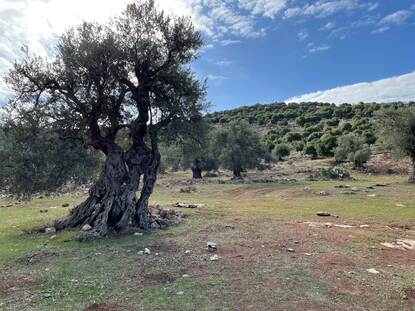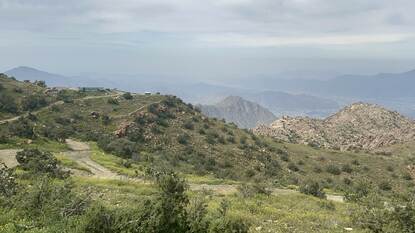Kenya is home to more than 35,000 species of flora and fauna. However, the country's biodiversity is increasingly under threat from climate change, deforestation and agricultural expansion. These growing environmental issues form the backdrop for Capital Africa Agribusiness Ventures managing director Bob van der Bijl’s ambitious landscape restoration project in Malindi. The model he is developing serves as a blueprint that can be replicated across Africa, where semi-arid climates pose both challenges and opportunities for reforestation.
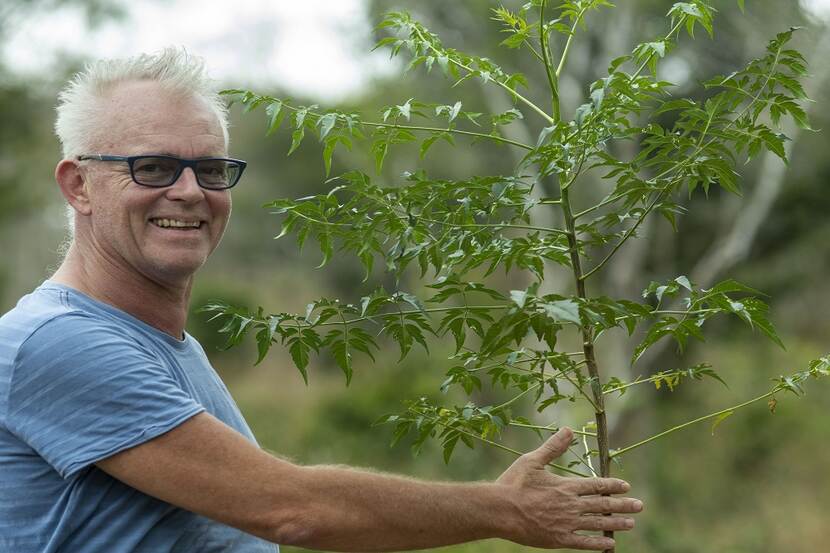
Kenya's wildlife faces serious risks from poaching and illegal logging. In coastal regions, overfishing, coral degradation, and mangrove deforestation are taking a toll on both marine and terrestrial ecosystems. Additionally, invasive species and pollution continue to erode habitat quality. Despite significant conservation efforts, including national biodiversity strategies and various international agreements, integrating biodiversity protection into government policies and local practices remains difficult.
Often, land use planning exercises are not backed up by government resources, and enforcement of protected areas is weak. Also, there are competing interests, e.g., livestock owners that are looking for land to graze their animals and the expanding population that is trying to generate an income using natural resources. Several NGO’s are buying land in order to protect biodiversity, but struggle to get government and local community support to attain a high level of protection.
Tree planting targets and environmental education
But there is also good news: Kenya’s ambitious tree planting target to plant 15 billion trees in ten years from 2022 in a bid to reach 30% tree cover in Kenya seems not entirely realistic. Yet, it forms an important dot on the horizon that can create a nation-wide enthusiasm, especially when coupled with environmental education.
Kenya has been actively engaged in REDD+ (Reducing Emissions from Deforestation and Forest Degradation) initiatives, which are projects (private, government and NGO-led) covering large areas of land and that seek to mitigate deforestation, conserve biodiversity, and enhance livelihoods. REDD+ and several other projects in the field of reforestation and afforestation benefit from carbon credits. Kenya has recently adopted new legislation, which stipulate a minimum benefit sharing of carbon credits with local communities, when the project is making use of community land.
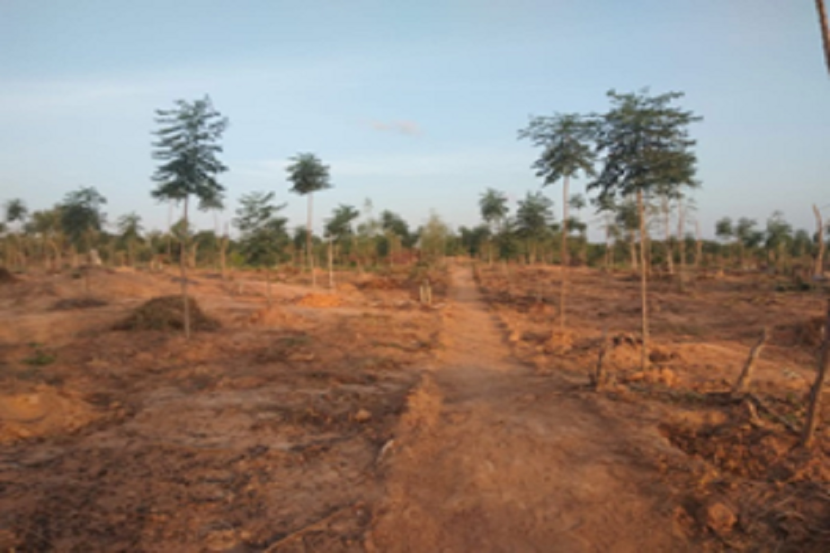
A lasting connection to Africa
The growing environmental issues in Kenya form the backdrop for Dutchman Bob van der Bijl’s ambitious landscape restoration project in Malindi, a coastal town on Kenya's eastern shoreline. In 1990, Van der Bijl embarked on a hitchhiking trip across Southern Africa. This journey was his first real exposure to the continent and marked the beginning of a deep and lasting connection with Africa.
Over the years, Van der Bijl worked for Doctors Without Borders in Sudan and Zambia. Later, as the head of the Netherlands-African Business Council, he frequently visited Nairobi with business delegations from various sectors, particularly agribusiness. Nairobi’s vibrant city energy resonated with him. And with his family roots in dairy farming in the Dutch province of Friesland, the pull of Africa's agribusiness opportunities was irresistible.
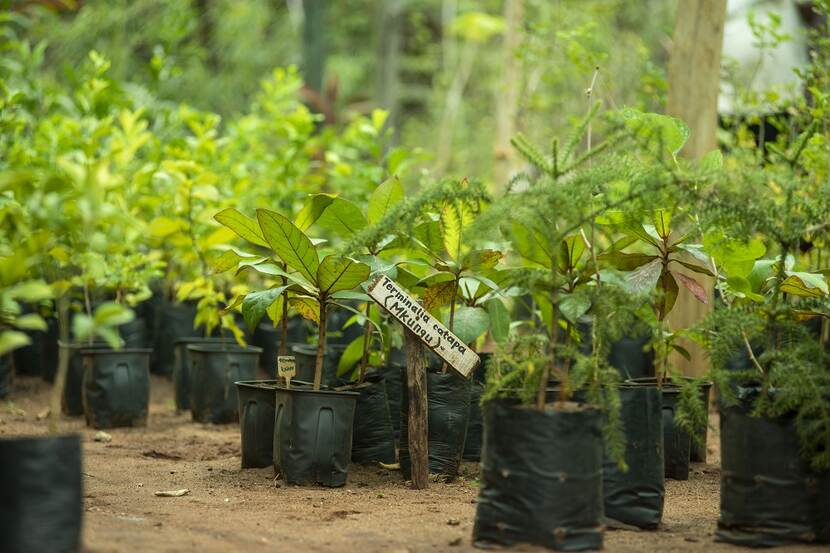
Launching Koromi Farm
When the chance to work in Nairobi arose, Van der Bijl seized it, founding his consultancy company, Agribusiness Concepts (ABC). However, something greater beckoned—a yearning to make a lasting impact in an area he had frequented while working in Kenya. This calling materialized in 2019 when Van der Bijl decided to wrap up his business and personal engagements in Nairobi and move to Malindi. There, he had acquired 200 hectares of land near Malindi, nestled in the hinterland of the Indian Ocean.
The land was stunning, with a seasonal river winding through its dry terrain, but it quickly became apparent that the area had suffered severe environmental degradation. The practice of charcoal production had decimated the last large trees from the banks of the Koromi River. Research by A Rocha Kenya showed that for 60% of the households the production of charcoal forms a significant part of their income. Recognizing the need for immediate action, Van der Bijl teamed up with a business partner to establish an agroforestry project on the property. Under his company, Capital Africa Agribusiness Ventures (CAAV), Van der Bijl launched the 200-hectare Koromi Farm, with an ambitious plan to rehabilitate the degraded land, through a combination of sustainable timber production and growing of drought resistant crops, in combination with the conservation and restoration of important biodiversity areas on the land.
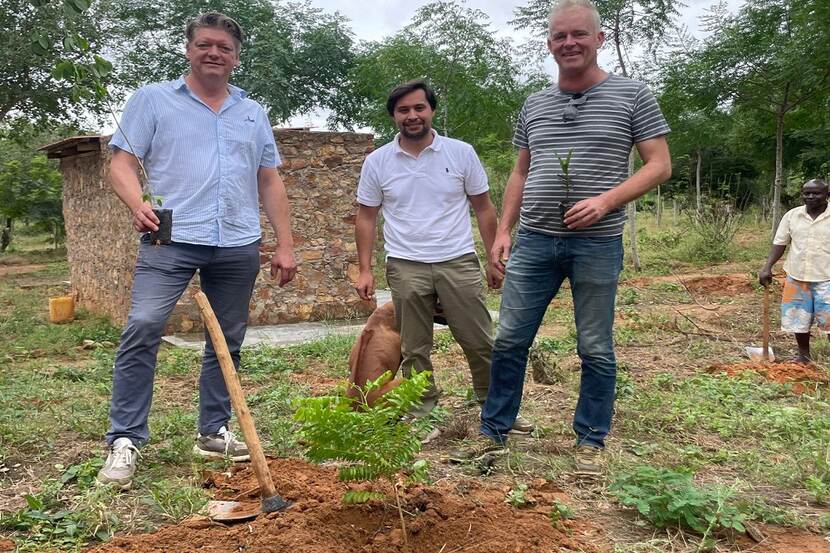
Planting Melia volkensii trees in the most deforested areas
Koromi Farm is strategically located on the edge of the Dakatcha Woodlands, one of the world's ten most threatened forest hotspots. Covering approximately 2,000 square kilometers along the East African coastline, these woodlands are vital for the survival of 13 endangered species listed on the International Union for Conservation of Nature’s (IUCN) Red List. The forest’s thickets trap, store, and release rainwater, protect the fragile soil from erosion, and moderate the local climate. The trees and shrubs absorb greenhouse gases such as carbon dioxide, slowing climate change. Additionally, the plants provide medicines, food, and fiber to the local communities.
Initially, the project focused on planting Melia volkensii trees in the most deforested areas. This species, native to East Africa, is known for its drought tolerance and fast growth and is ideal for semi-arid regions. The trees were intercropped with Moringa oleifera, a drought-resistant plant with high nutritional value. Van der Bijl’s team also preserved any trees taller than five meters to maintain the existing ecosystem. To diversify their efforts and generate income, they set up a 2-hectare agroforestry trial with fruit trees and other drought-resistant crops.

Embracing biodiversity
However, nature had other plans. A severe drought linked to the La Niña phenomenon hit the region, slowing the farm’s progress. Attempts to dig a borehole for a more reliable water source were unsuccessful, and even small dams built to capture rainwater were washed away by heavy rains in 2021. Coming from the water-rich Dutch province of Friesland, Van der Bijl had to adapt to working in a semi-arid environment. The project had to be scaled back, focusing primarily on tree planting as a long-term strategy for landscape restoration.
However, Van der Bijl’s involvement as a consultant with The World Bank Group provided him with valuable insights into sustainable land use and the importance of biodiversity. Through his travels across the region, he learned that planting a single species of tree was insufficient to restore a complex ecosystem. With guidance from a local tree expert, he transformed Koromi Farm into a hub of biodiversity.
By 2022, the farm was home to over 40 different tree species, many of them endemic to the region. Fast-growing timber trees made up 50% of the plantation, acting as pioneer species to quickly cover bare land. These trees helped accelerate the recovery process, allowing other, slower-growing species to establish themselves without disturbing the soil. This biodiversity-focused approach also ensured that the land would not be left bare after timber harvests, creating a self-sustaining ecosystem.
‘By combining traditional knowledge with modern scientific approaches, Bob van der Bijl’s work is helping to build a future where Kenya’s ecosystems can thrive once again’
Adaptive approach ensuring resilience
Van der Bijl emphasizes the importance of experimentation in his work. ‘Before we plant trees in larger quantities, we first do trials and evaluate their performance. This has given us a large database of trees, not only in a spreadsheet but also on our land,’ he says. This adaptive approach has allowed Koromi Farm to build resilience against prolonged droughts, for example, or erratic rainfall patterns.
As a result, Koromi Farm has successfully established around 30,000 trees on 40 hectares. Based on this proof of concept, Van der Bijl is now trying to scale up his activities and there has been a lot of interest, especially from carbon investors that are looking for a local partner that has the necessary knowledge, a qualified operational team, and local contacts to set up projects for biodiverse carbon sequestration.
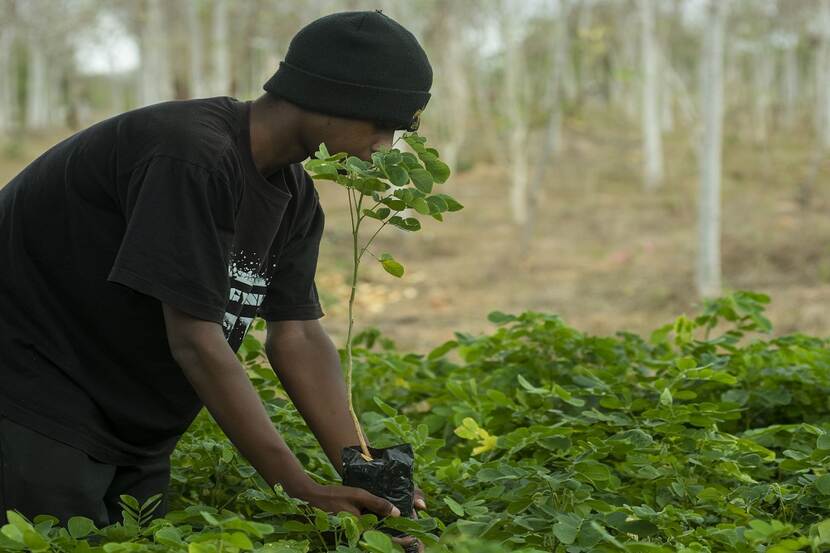
Water management and sustainability
Water remains one of the biggest challenges for Van der Bijl and his team. The failure of the initial borehole attempts was a major setback, but it also led to a deeper understanding of the region’s water dynamics. In partnership with Acacia Water, a Dutch consultancy that specializes in smart, and sustainable solutions to water issues worldwide, Van der Bijl has shifted his focus to rainwater harvesting as the primary source of irrigation for the trees. Small, smartly placed dams are now used to capture and store rainwater, ensuring a more reliable water supply during the dry season.
In addition to water management, Van der Bijl continues to explore ways to make the farm economically sustainable. The tree species chosen for the plantation not only support biodiversity but also have the potential to generate revenue through timber and non-timber products. Koromi Farm’s tree nursery at Arabuko Farm, located closer to Malindi, plays a crucial role in this effort. The nursery allows Van der Bijl’s team to grow seedlings in a more controlled environment, ensuring a steady supply of healthy trees for future planting.
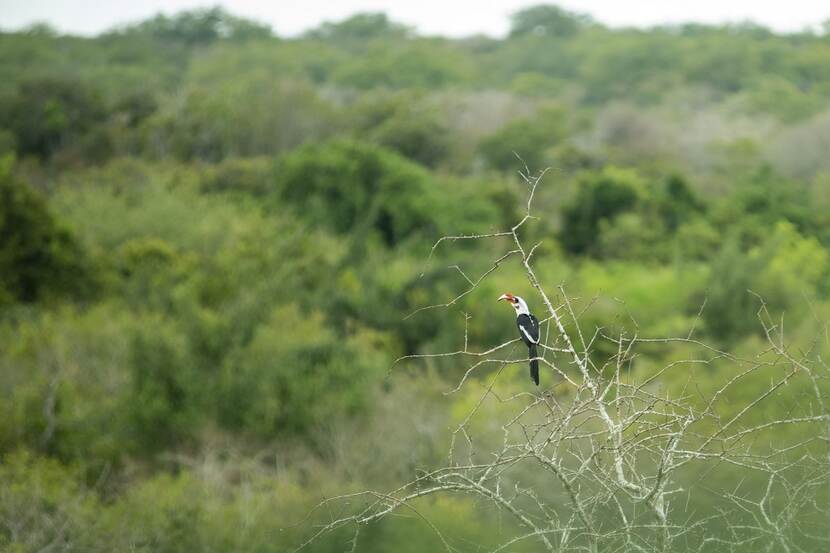
Cooperation with other Dutch partners
With Dutch partners with whom Van der Bijl did a Netherlands Water Partnership managed 'Water for Food' project (Acacia Water, The Salt Doctors, and fish farming expert Martin van der Knaap) and Growpact (a specialist in plant propagation), a new aquaforestry concept has been developed, integrating forestry, non-timber forest products, fish farming, vegetable production and rainwater harvesting. The uniqueness of this concept is that it is water-led (a necessity in semi-arid areas), and that it has multiple revenue streams that aim to form sufficient incentives for a wider adoption of nature-based solutions to counteract current practices that lead to biodiversity loss. This initiative, supported financially by the Netherlands Enterprise Agency (RVO) and the Netherlands Agricultural Network (LAN) team at the Dutch Embassy in Nairobi, will start with a pilot at Koromi Farm before broader implementation.
Bart Pauwels, Agricultural Counselor for Kenya and Tanzania at the Dutch Embassy in Nairobi, and his LAN team have recognized the potential for both biodiversity and business. Pauwels has encouraged Van der Bijl to continue innovating, scaling up efforts, and positioning themselves as leaders and a knowledge hub for organizations and landowners on effective land restoration and utilization in the region. The support via the Embassy is mainly focused on practical research on propagation and tree establishment, on fine tuning the aquaforestry concept, and on a pilot on biodiversity restoration.
The latter is focusing on improving rainwater infiltration into the soil through digging of swales and bunds, in combination with the propagation and enrichment planting of indigenous tree species that are at risk of becoming extinct. Besides that, the Embassy also supports forming partnerships with nature conservation NGOs, community development NGOs and local knowledge institutions. Since the beginning of this year, Van der Bijl started engaging with carbon project developers and forestry experts to put together a business plan for a much bigger scale.
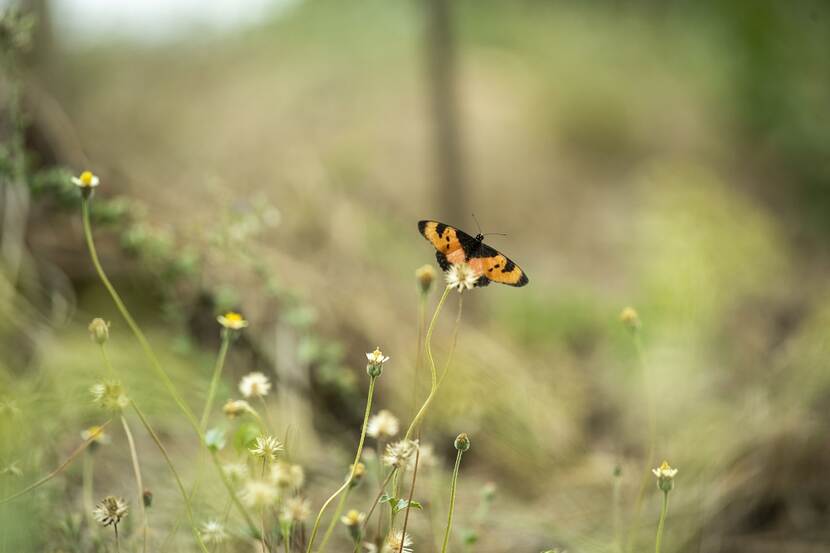
A legacy of innovation and restoration
Innovation plays a pivotal role at Koromi Farm. High-quality seedling propagation, rainwater harvesting, and cutting-edge technology like drones for monitoring are integral to the project. CAAV now has partnerships with organizations such as JICA, Kenya Forest Service, Kenya Forestry Research Institute, and Growpact, and these partnerships are instrumental in driving these innovations forward. As tree seeds of some trees are scarce and would be a bottleneck for scaling up, the company also explores advanced propagation techniques, like tissue culture propagation, to scale up its operations.
The new plantlets can be grown in a short amount of time. Only a small amount of initial plant tissue is required. The new plantlets and plants are more likely to be free of viruses and diseases. The process is not dependent on the seasons and can be done throughout the year. In the light of biodiversity, a planting protocol is being developed that maintains a sufficiently high level of genetic diversity. Another important aspect is that plant substrates are optimized to allow for optimal seedling development, and at the planting stage new mixes of biological inputs are being tested (including biochar).
The impact of Koromi Farm extends beyond its borders. Van der Bijl’s expertise has made him a sought-after consultant, collaborating with organizations like the World Bank Group and Conservation International to promote nature-based solutions across Kenya and the East African region. His consultancy work not only supports investments in Koromi Farm and his nursery at Arabuko Farm, but also enables him to share his knowledge and experience with a broader audience.
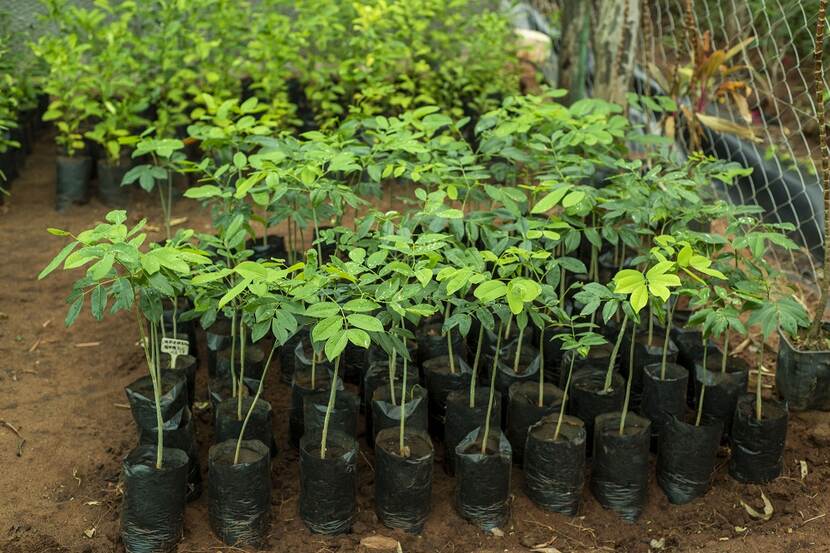
Holistic restoration approach: current situation and future plans
Despite the importance of woodlands, they are rapidly disappearing due to the demand for charcoal, firewood, construction materials, and agricultural expansion by local communities. This presents both a significant challenge and a critical element of the solution. Van der Bijl's approach to restoration has been holistic, involving local communities from the start. They receive tree seedlings, participate in training workshops, and are employed on the farm.
Van der Bijl’s plans include expanding this community engagement through carbon credits. His vision also includes eco-tourism, capitalizing on the farm’s rich birdlife that has already been documented by volunteers, to attract tourists and create additional income streams. The goal is to build a balanced ecosystem that can sustain both itself and the people living within it.
By combining traditional knowledge with modern scientific approaches, Van der Bijl’s work is helping to build a future where Kenya’s ecosystems can thrive once again. His story is a reminder that landscape restoration is not just about planting trees, it’s about creating resilient ecosystems that support both people and nature for generations to come.
More information
Would you like to know more about biodiversity restoration in Kenya and Koromi Farm, you can visit the country page of Kenya at the website Agroberichtenbuitenland.nl of the Dutch Ministry of Agriculture, Fisheries, Food Security and Nature. You can also send an email to the LAN team in Nairobi: nai-lvvn@minbuza.nl.
